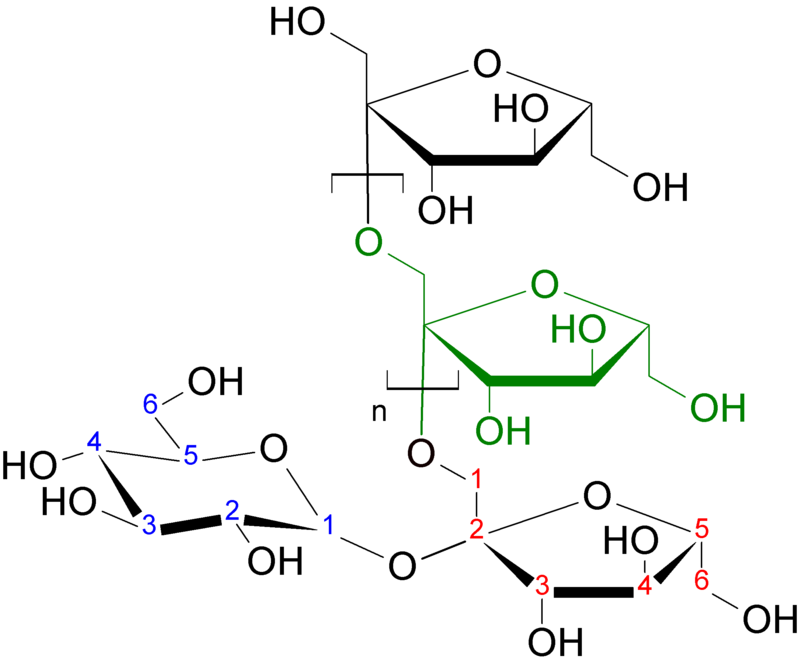Chicory (Cichorium intybus):
 Typical habitats include pastures, abandoned fields, areas along roadsides and railroads, forests, and grassy areas.
Typical habitats include pastures, abandoned fields, areas along roadsides and railroads, forests, and grassy areas. Chicory is used for loss of appetite, upset stomach, constipation, and liver and gallbladder disorders. The leaves are often eaten like celery, and the roots and leaf buds can be boiled and eaten.
Chicory root has a mild laxative effect and increases bile from the gallbladder.
Most commonly used for inulin, Chicory contains large amounts of it used for dietary fibers and starch which help with constipation. In addition of peel and leaf extracts to the fructose diets significantly increased the serum antioxidant capacity of lipophilic substances.

Juniper berries (Juniperus communis):
 Located in deciduous forests and sloped hills, juniper trees are available all year round, however, it takes 2 to 3 years for the berries to ripen.
Located in deciduous forests and sloped hills, juniper trees are available all year round, however, it takes 2 to 3 years for the berries to ripen. Juniper is used for digestion problems including upset stomach, intestinal gas (flatulence), heartburn, bloating, and loss of appetite, as well as gastrointestinal (GI) infections and intestinal worms. The essential oil of Juniper berries can be eaten as a condiment or eaten whole.
Juniper berries contain chemicals that decrease inflammation and gas, and is also effective in fighting bacteria and viruses. The berries are noted to have Gallocatechol which is a cannabinoid receptor that effects the brains readings on appetite and pain-sensation, both of which will help diminish pains from constipation.

Chicory: Uses, Side Effects, Interactions and Warnings - WebMD. (n.d.). Retrieved September 5, 2015, from http://www.webmd.com/vitamins-supplements/ingredientmono-92-chicory.aspx?activeingredientid=92&activeingredientname=chicory
Chicory. (2015, August 30). Retrieved September 5, 2015, from https://en.wikipedia.org/wiki/Chicory
Milala, J. (2014, January 9). Composition of Chicory Root, Peel, Seed and Leaf Ethanol Extracts and Biological Properties of Their Non-Inulin Fractions. Retrieved September 5, 2015, from http%3A%2F%2Fwww.researchgate.net%2Fpublication%2F280041679_Composition_of_Chicory_Root_Peel
_Seed_and_Leaf_Ethanol_Extracts_and_Biological_Properties_of_Their_Non-Inulin_Fractions
Juniper: Uses, Side Effects, Interactions and Warnings - WebMD. (n.d.). Retrieved September 5, 2015, from http://www.webmd.com/vitamins-supplements/ingredientmono-724-juniper.aspx?activeingredientid=724&activeingredientname=juniper
Juniperus communis. (2015, August 31). Retrieved September 5, 2015, from https://en.wikipedia.org/wiki/Juniperus_communis
Naturalmedicinefacts. (2015). Juniperus communis - Natural medicine facts. Retrieved September 5, 2015, from http://www.naturalmedicinefacts.info/plant/juniperus-communis.html
Gallocatechol. (2015, August 27). Retrieved September 5, 2015, from https://en.wikipedia.org/wiki/Gallocatechol
No comments:
Post a Comment